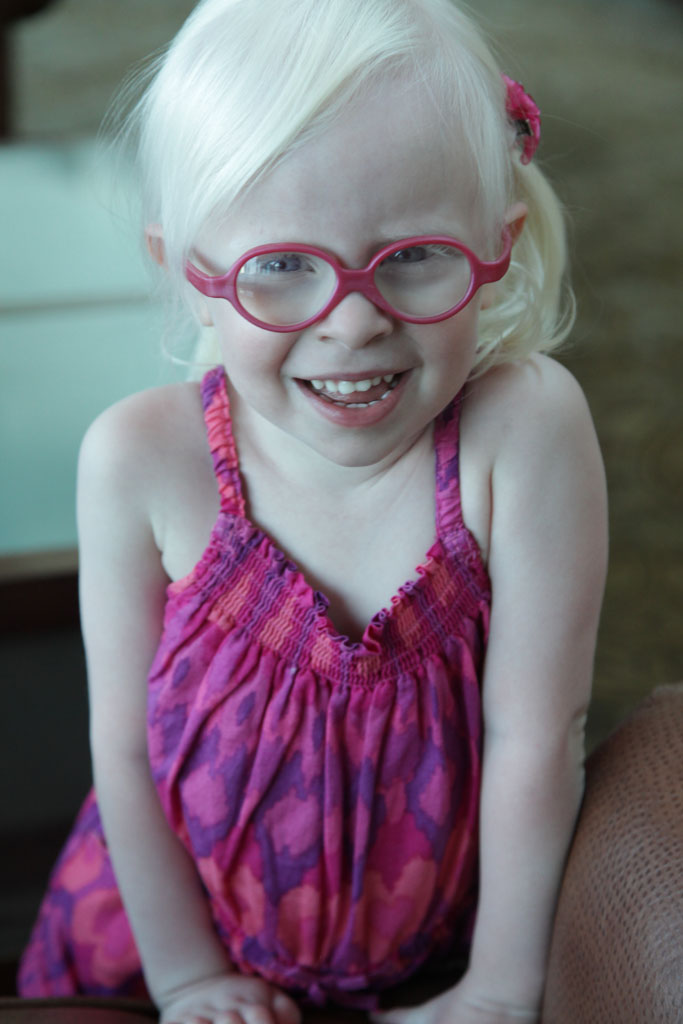Throughout the history of western society, there has been an underlying theme of objectivity in image making that has evolved with each new technological advancement. The strictly objective nature of the medical profession has mirrored this argument surrounding objectivity in the field of scientific image making and stems from long standing conventional philosophies engrained into the teaching of medicine. This approach to medical care is called biomedicine. However, in modern times, philosophies are rapidly changing rendering the old values associated with biomedicine inadequate for new standards of care that patients now expect. Thus, medical professionals are moving from the biomedical model of patient care to a more patient-centered model.
This paper will examine the 19th century technological advancement of photography for the purpose of producing images viable for didactic use in the field of medicine. It will provide an example of a photographic image used to learn about the genetic disease albinism by people working in the medical profession. This will exemplify the older philosophies of biomedicine to prove that it is no longer the most useful form of didactic image for medical professionals. I will propose that the image of a young girl affected by albinism shot by the photographer Rick Guidotti represents the shift from the biomedical model to the patient-centered model of care and, in turn, the image has the ability to teach medical professionals more about the patient. In doing this, I will establish Guidotti’s images as viable pedagogical tools in this field thus solidifying Guidotti as a modern medical photographer.
Find out more about Elana Williams.

